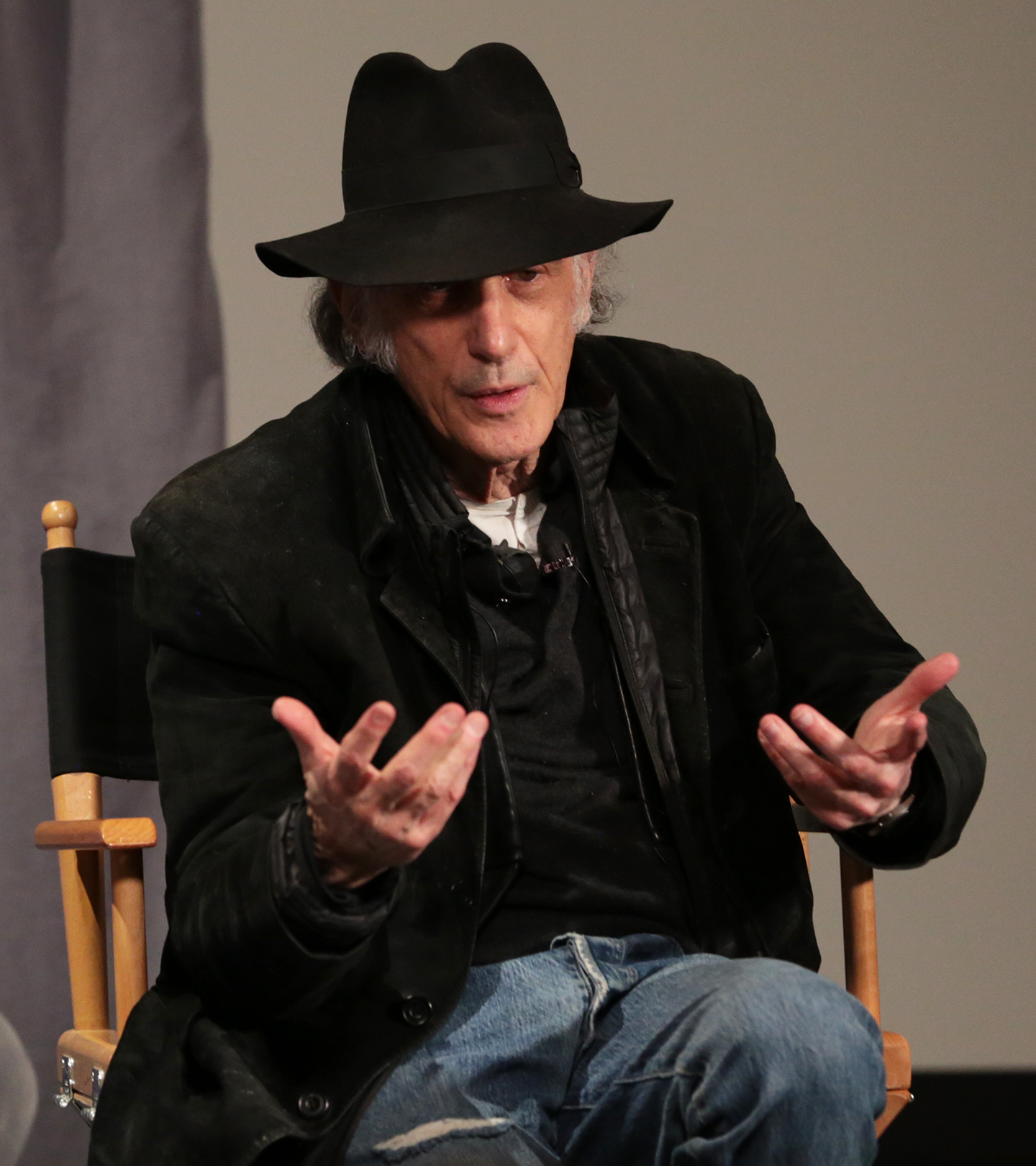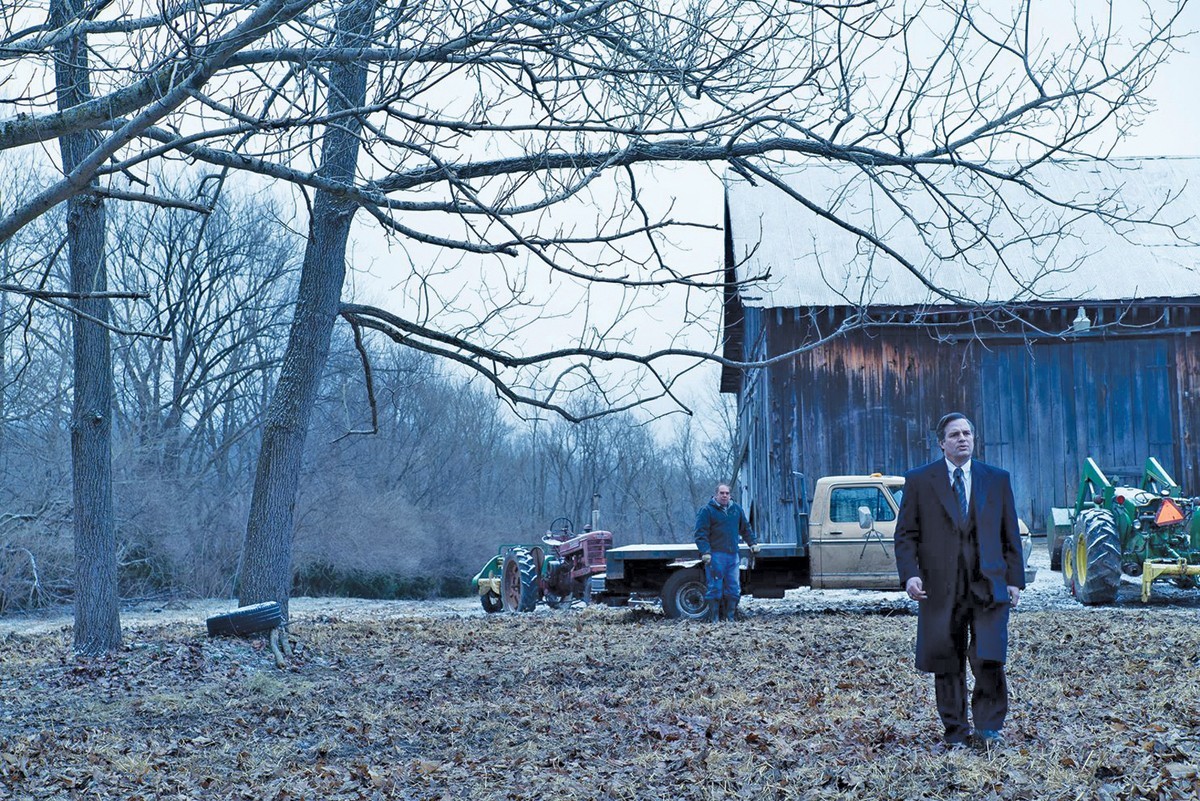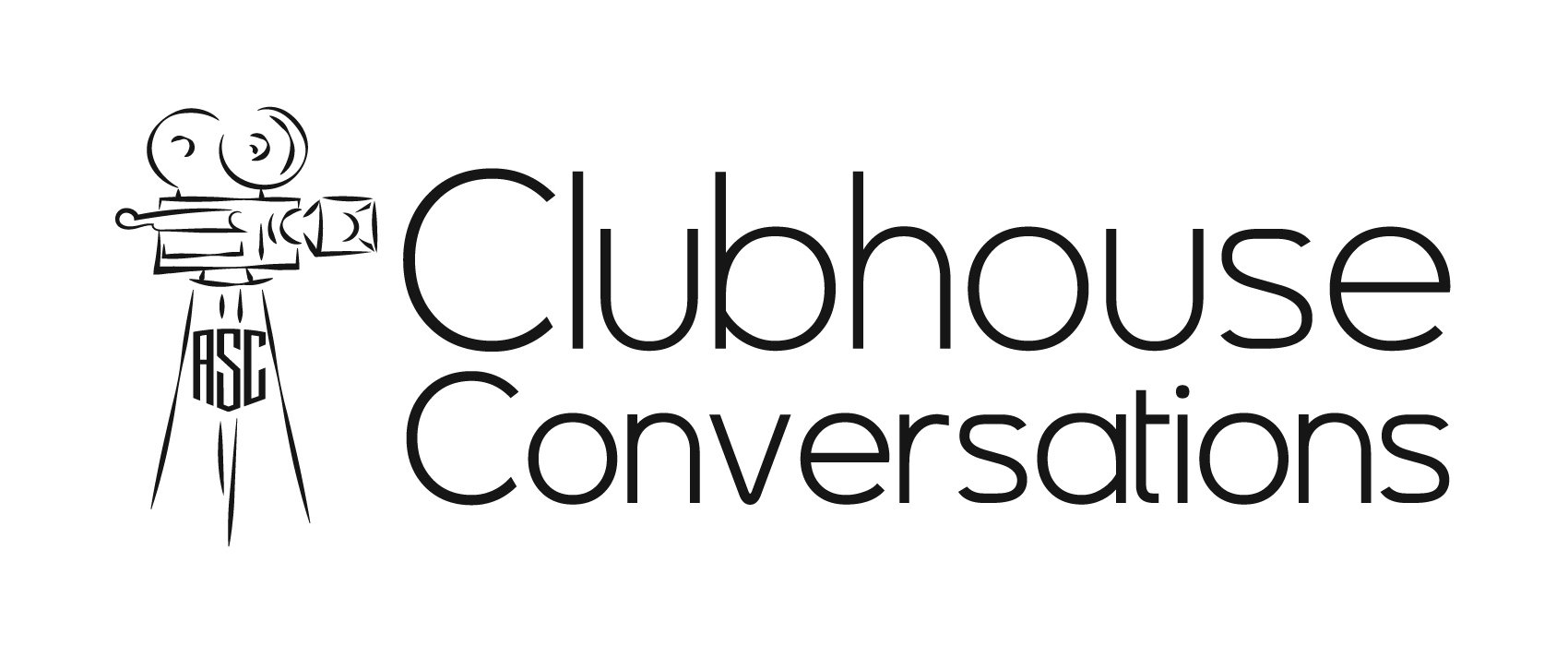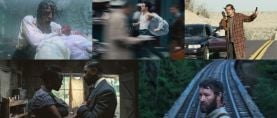
Clubhouse Conversation: Edward Lachman, ASC on Dark Waters
The cinematographer discussed his seventh collaboration with director Todd Haynes and how he created “contaminated” images.

Edward Lachman, ASC recently visited the historic ASC Clubhouse in Hollywood for a conversation with filmmaker and American Cinematographer contributor Jim Hemphill about his latest project, Dark Waters.
The feature is a legal thriller based on the 2016 New York Times Magazine article, “The Lawyer Who Became DuPont’s Worst Nightmare,” and details environmental attorney Robert Bilott (portrayed by Mark Ruffalo) as he uncovers a connection between a number of unexplained deaths to one of the world’s largest corporations.
The film was directed by Lachman’s longtime collaborator Todd Haynes — their other projects include Far from Heaven, I’m Not There, Carol, Wonderstruck, the “I’m Still Here” segment of Six by Sondheim and the HBO miniseries Mildred Pierce.
Lachman’s other credits include Erin Brockovich, The Limey and Desperately Seeking Susan.
He was honored with the ASC Lifetime Achievement Award in 2017.

Lachman called Dark Waters a “paranoiac thriller” and said he referenced the look of pictures including All the President’s Men and Silkwood. “You’re looking for the visual metaphor to tell the story,” Lachman said, and added that the camera was one of “observation.” This, he continued, allows the audience to be part of the image and allows them to put the pieces together for themselves.
Haynes wanted the film to say something about health, Lachman explained, and recommended that the cinematographer look at Invasion of the Body Snatchers. Lachman noted that Dark Waters is about contamination, and he therefore wanted the images to feel contaminated.

To achieve this, the filmmakers decided to shoot on digital capture, and used Arri Alexa Mini cameras with Cooke Speed Panchro, Canon K35 and Angenieux lenses. Shooting digitally, he noted, allowed the cinematographer to shoot darker images in low light. This also enabled him to capture more of the environment while shooting wide open.
Lachman concluded his discussion by explaining his use of color. He reiterated that he wanted the images to feel contaminated but also reinforce the emotion of the characters. With the Alexa Mini, he added, he could change the color temperature. As an example, he noted that the coolness in the film represents isolation and a character being alone in the journey. The environment is cold, and the emotions are also cold.

A complete feature story on Dark Waters will be published in the January issue of American Cinematographer magazine.
A multi-part video of this Clubhouse Conversations event will soon be available to Friends of the ASC subscribers.






